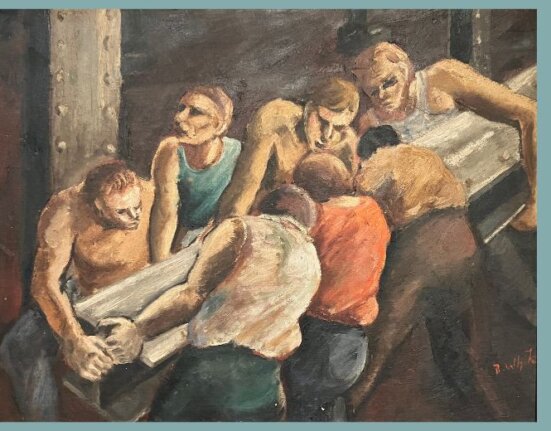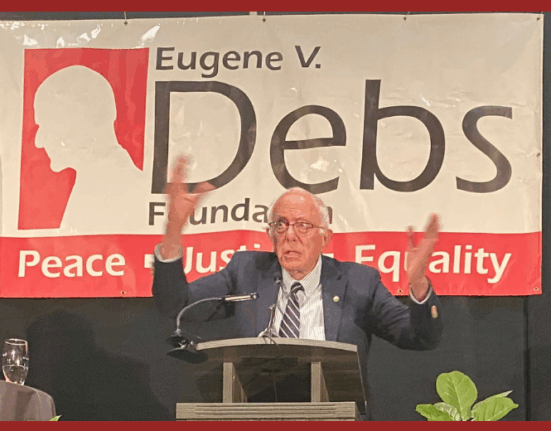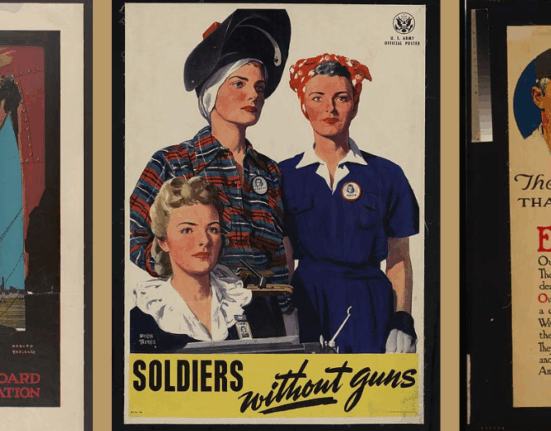As a union researcher who uses participatory research methods, I was particularly interested in the chapter that discussed Maria Mies’s study of lace makers in India. Mies recruited women who were familiar with the region and the dialect to be part of her research team. I gather that these women shared Mies’s belief in global feminist issues. This research project was approached with a belief that the lace makers being interviewed were experts on their own lives and therefore should be part of the decision- making process regarding how the research would be used and to what end.
Boris’ discussion of the lace maker study made me reflect on the 2016 survey UNITE HERE Local 1 conducted with Chicago hospitality workers about their experience with sexual harassment by guests. The survey team was comprised of five UNITE HERE Local 1 union members and myself, a researcher for UNITE HERE Local 1. Most of the surveys were conducted by these five women, who took a short leave from their jobs as hotel housekeepers and casino cocktail servers to be a part of the survey team. They all had different reasons for deciding to be a part of the survey team, however they all had a personal experience with harassment on the job and desire to want to stop it from happening to other women. We now call ourselves the “Hands Off Pants On” team – or HOPO for short.
This is part four of our roundtable on Eileen Boris’s new book, Making the Woman Worker: Precarious Labor and the Fight for Global Standards, 1919-2019, organized by Emily E. LB. Twarog. We started on Sunday, International Women’s Day; click here to catch up on the previous installments. We’ll finish tomorrow with a response from Eileen Boris.
I am very curious to know more about the two researchers who worked with Mies. What were their backgrounds? What shaped their politics and their decision to participate in this project? Did Mies share with her team about why this issue was important to her? As the HOPO team, we shared with each other why this issue was important to us. I remember sharing with my team about my time working in a coffee shop. I told them how I remembered my skin crawling every time this particular older man would order coffee; how his eyes were glued to my chest; and how angry and powerless I felt in those moments to stop it. I realized that I had never talked about those experience with anyone before that time, and that I had internalized a sense of shame and guilt about “letting it happen.” As a team, we realized that most of us had never been asked or had the opportunity to talk these experiences. Together we developed a shared vision that survey would be an important step toward changing the culture of harassment we saw in our daily lives. Day after day, as we conducted the surveys, we would gather and debrief on what we were hearing. It was emotionally demanding work, and deeply personal for all of us. Reading about the lace maker researchers, I wondered, what was it like for them to hear the stories of the women lace makers?

It seems that the lace maker study was particularly impactful and was read widely. Most exciting to read was the fact that the lace makers themselves organized collectively to change their situation. I wanted to know, how the original researchers felt about this? Did they cheer the lace makers on? Did they participate in organizing with the lace makers? For our HOPO team, we identified as both researcher and organizers. We surveyed nearly 500 women working in Chicago are hotels and casinos about their experience of sexual harassment by guests. The findings of our study launched our “Hands Off Pants On” campaign to win legislation in Chicago to arm hotel housekeepers with panic buttons as a way to combat sexual harassment by hotel guests. The women of the survey team were the core of the organizing effort to with this policy change. They helped grow the group of leaders who were involved in the effort, many of whom they had surveyed in the months prior.
I also found myself happily surprised that in Mies’s original written report of the lace maker study, she did not shy away from her politics and openly referenced her Marxist ideals. She brought her own perspective and politics to the study in a very clear and direct way. While she was asked to “tone it down,” I love that she brought her full self into the report and was truthful about her political perspective. It seems to me this is the best way to approach our work as researchers and organizers. I do not think our HOPO team would have been successful if we had not brought our full selves, or had not open about our personal stakes in the process.
As researchers and organizers, we should not hide who we are, our unique perspectives, or our life experiences from the people we work alongside. We should not keep our work separate from the world. As a non-academic researcher, I believe I am right to say there is a general consensus that there is no true “objective” researcher. Acknowledging that a researcher is never truly a passive third party who reports their findings seems the most honest and effective way forward. Doing so should not discredit a study or make it less “scientific” or rigorous. All studies will have limitations, and none will paint the perfect, unbiased account of an issue. And we don’t need them too. Rather, we should focus on bringing in a variety of voices and perspectives to the discussion. It seems that over time, the ILO as an institution and the people within it who helped bring to the forefront the issues at the intersection of gender, race, class and labor did just that. They brought their full selves to the work with their specific perspectives, politics, strengths and limitations. They pushed themselves to identify their blind spots and bring forward voices that did not yet have formal representation.
For me, this book underscored that for researchers and organizers working within an institution for change, there is no one truth or one perfect way forward, but rather a multitude. The most crucial thing we can do is listen to the voices not yet at the table, to keep asking questions, creating space, and be okay with tension. It is messy and imperfect work. But from the multitude of truths, we can build bridges from shared experiences, engage with our community to identify common goals, harness our collective power – and win the changes we seek.
This is the penultimate segment in our series. Come back tomorrow for Eileen Boris’s response, and click here for the previous installments.






